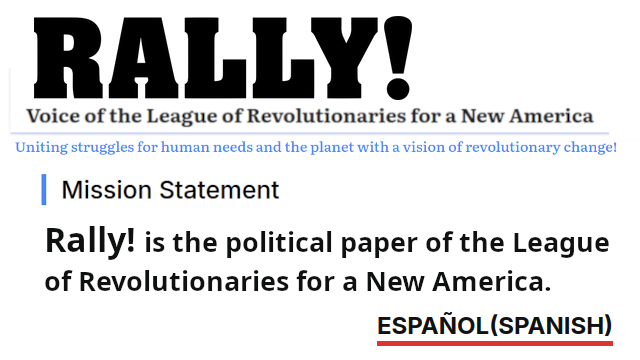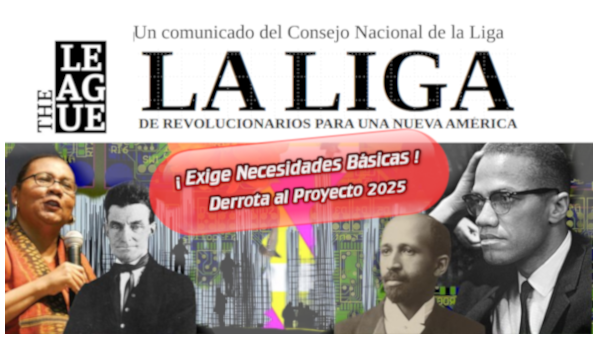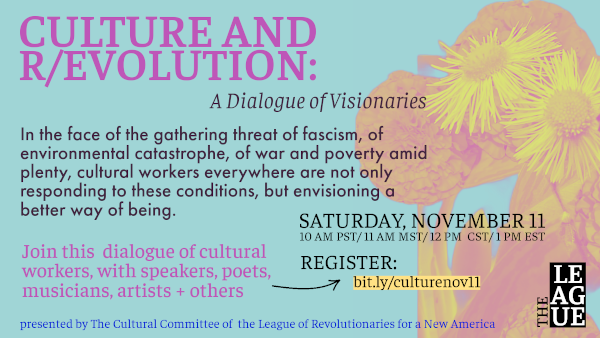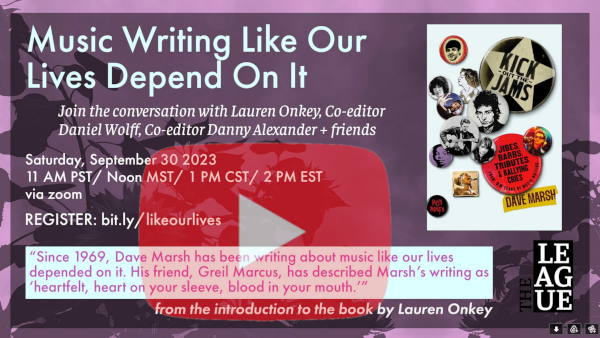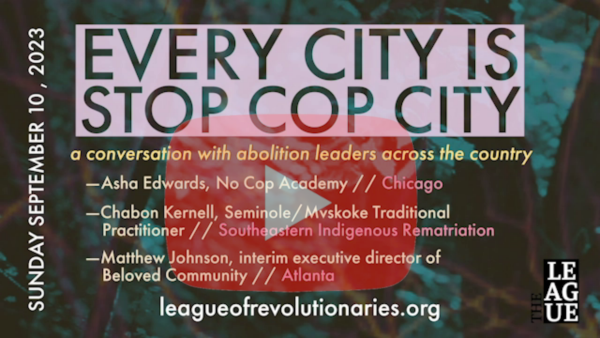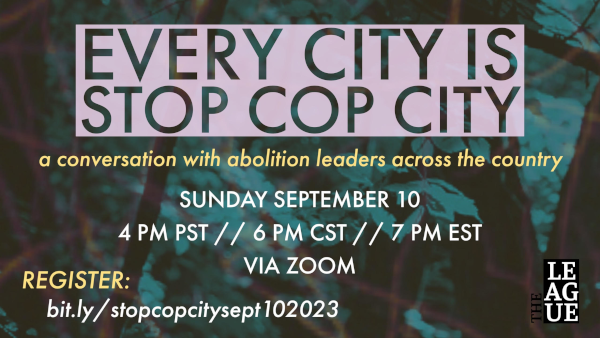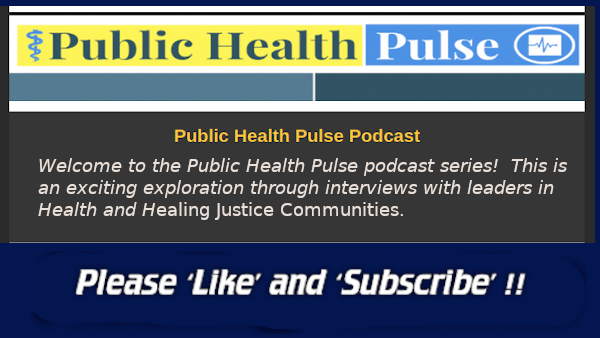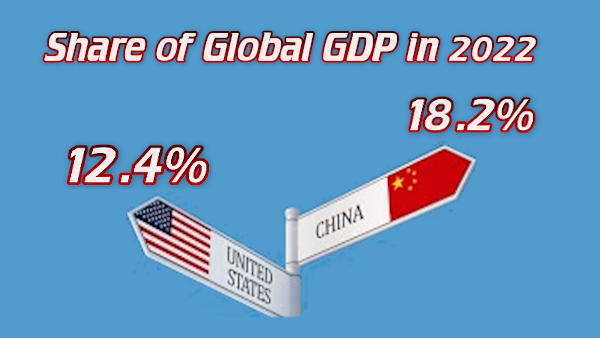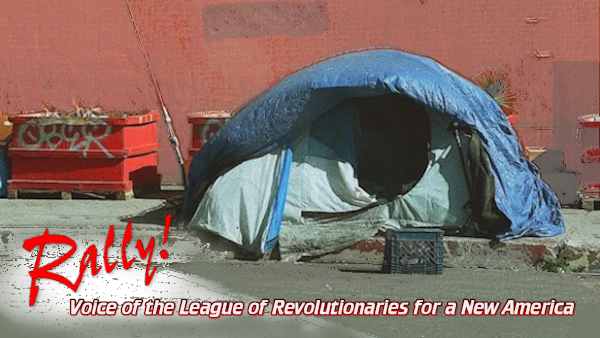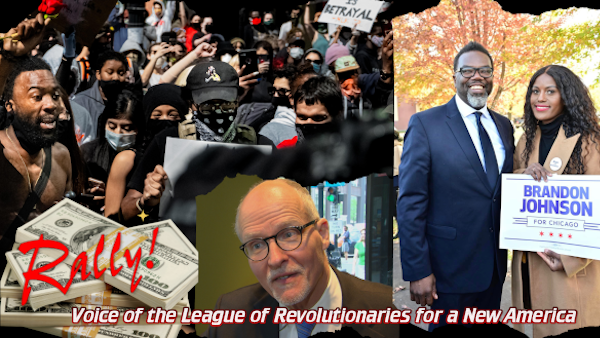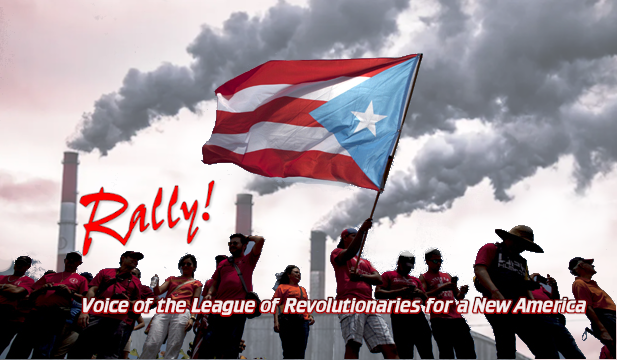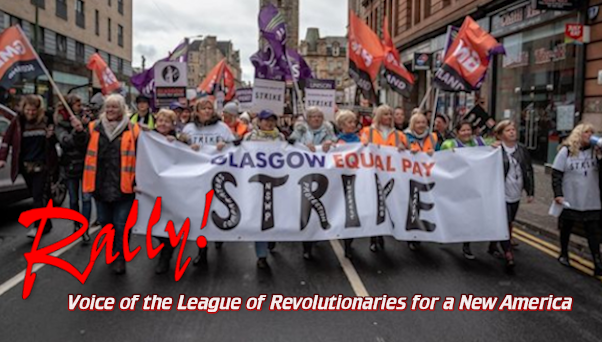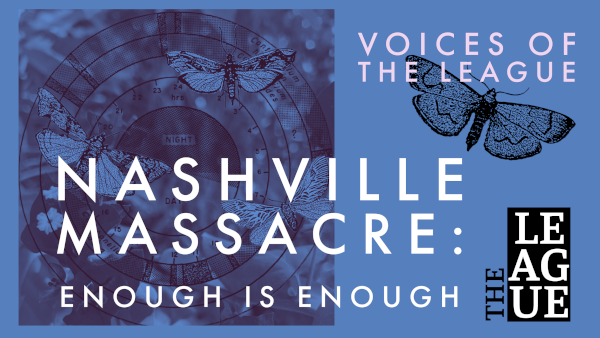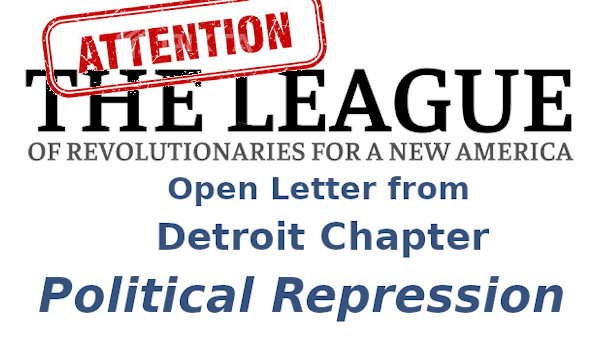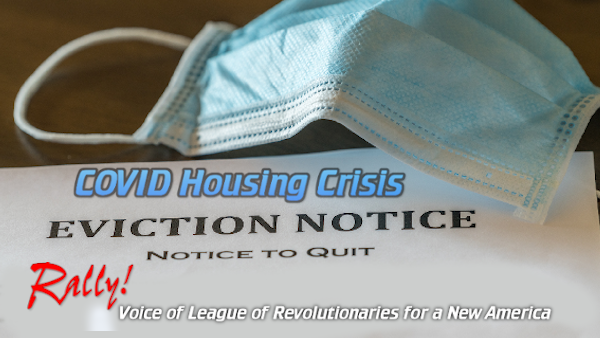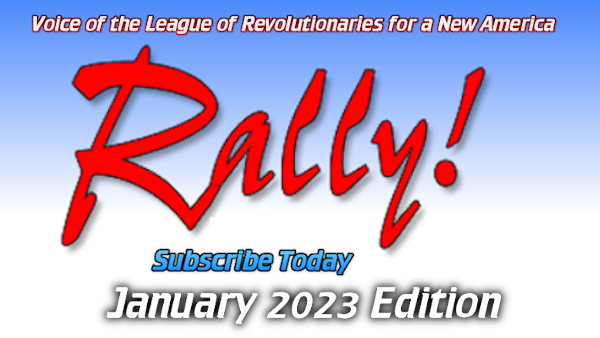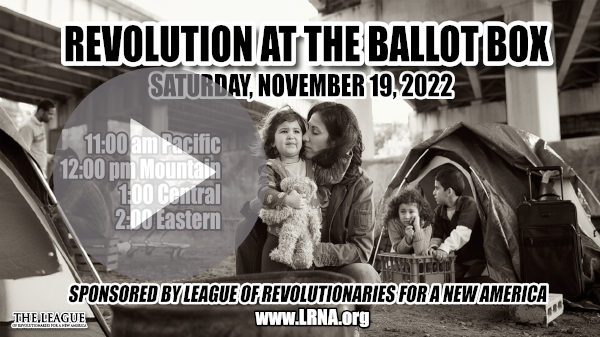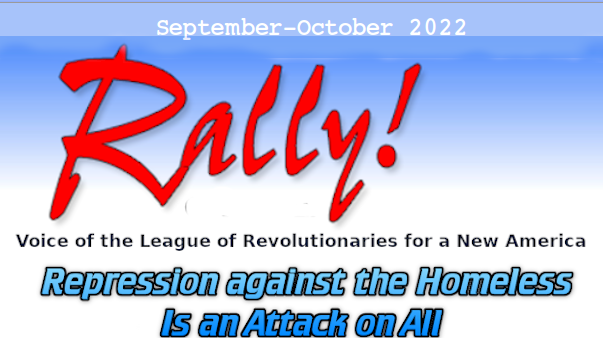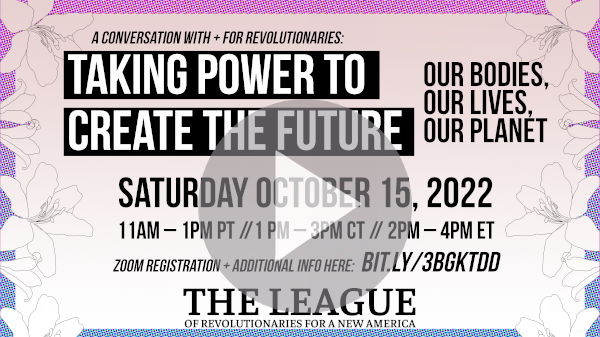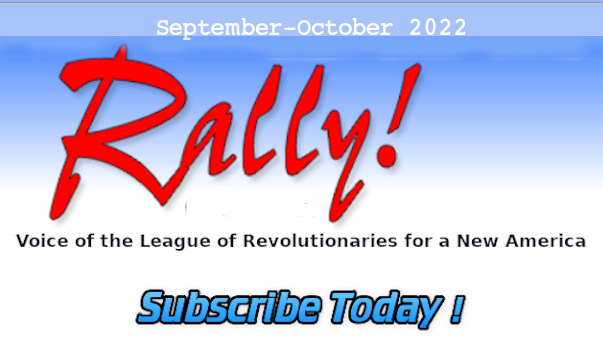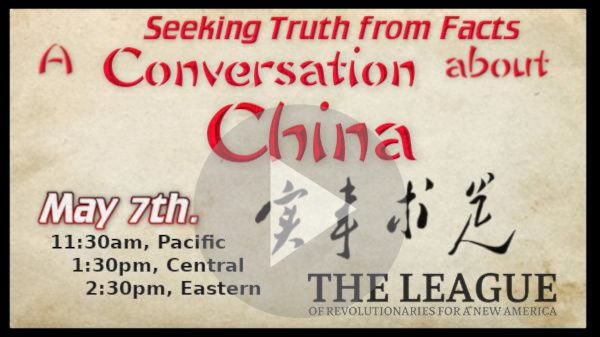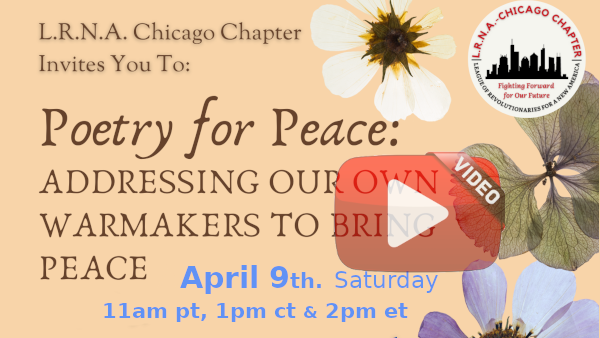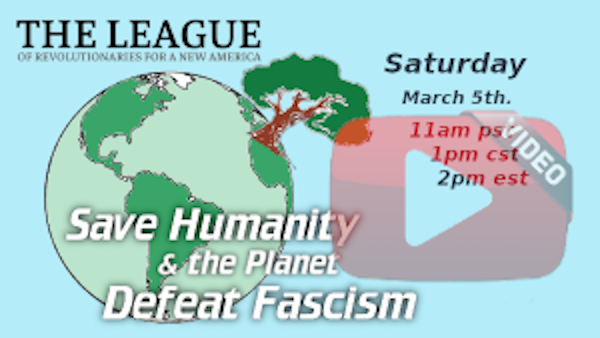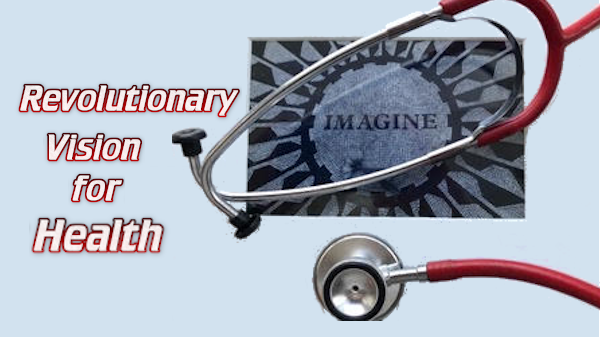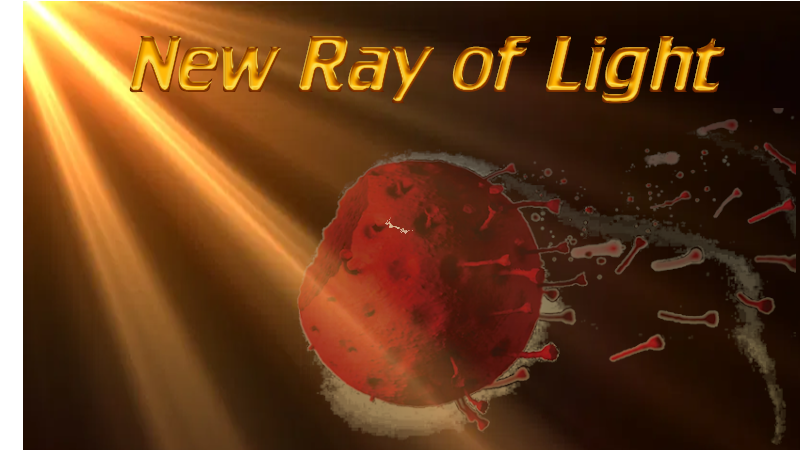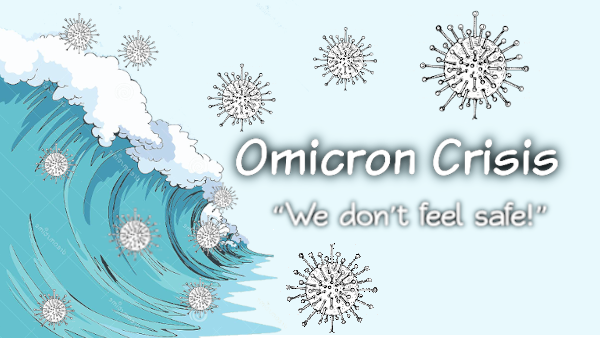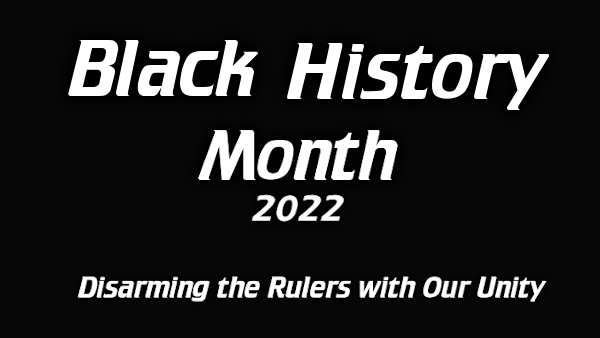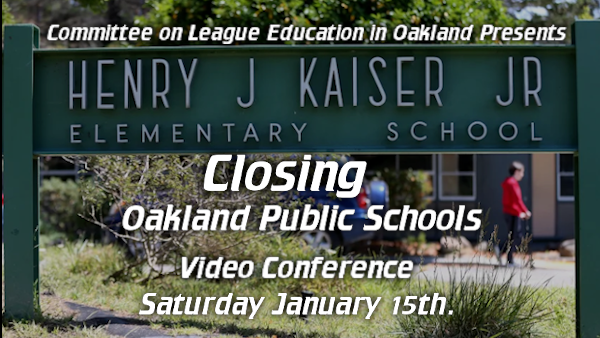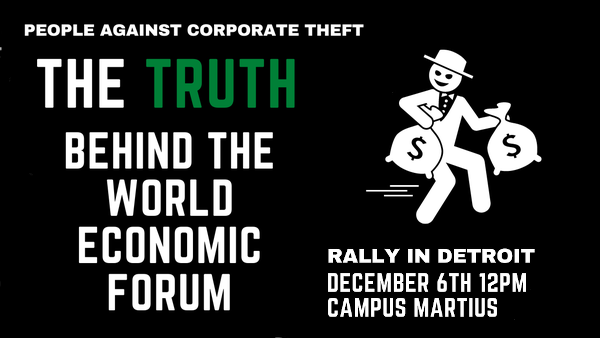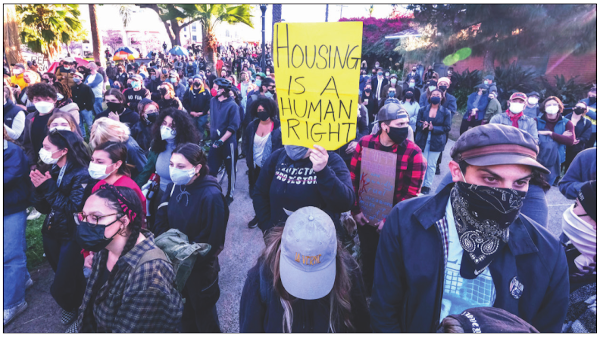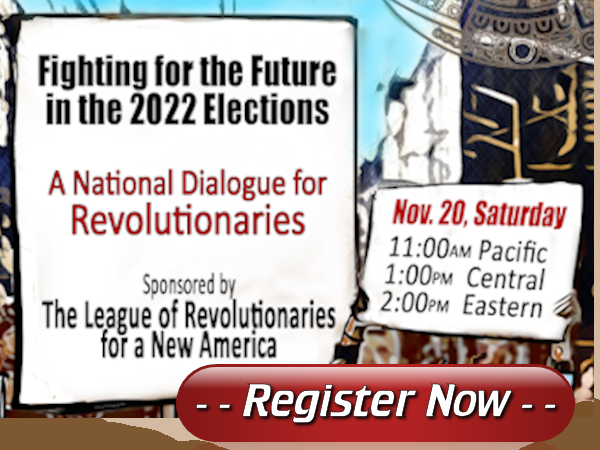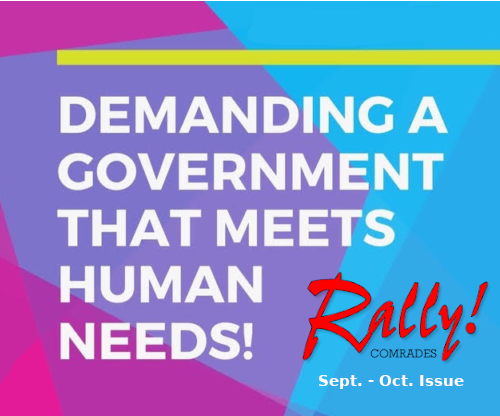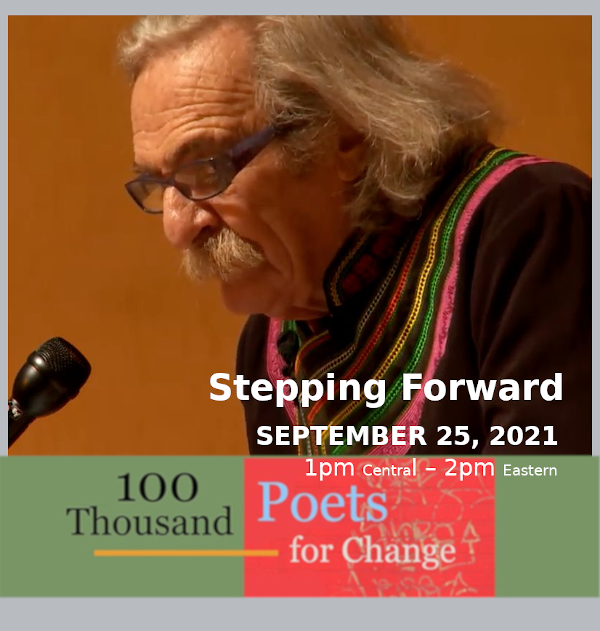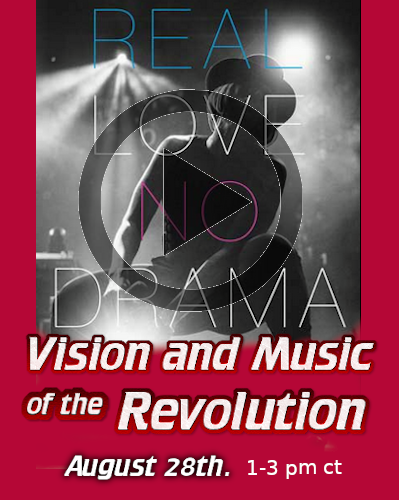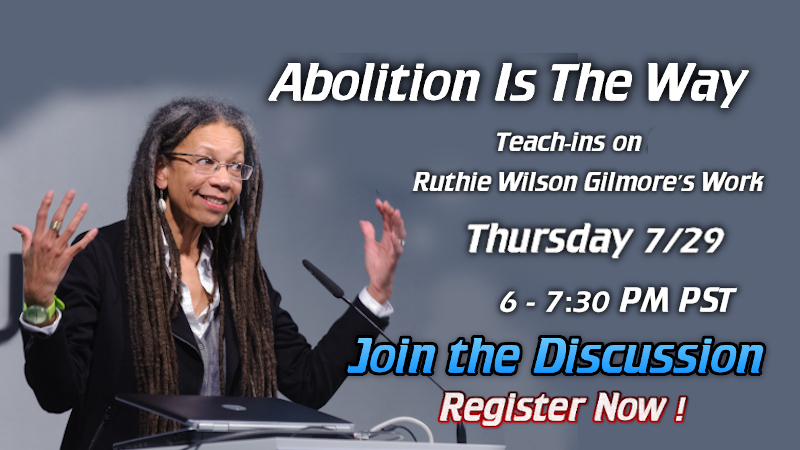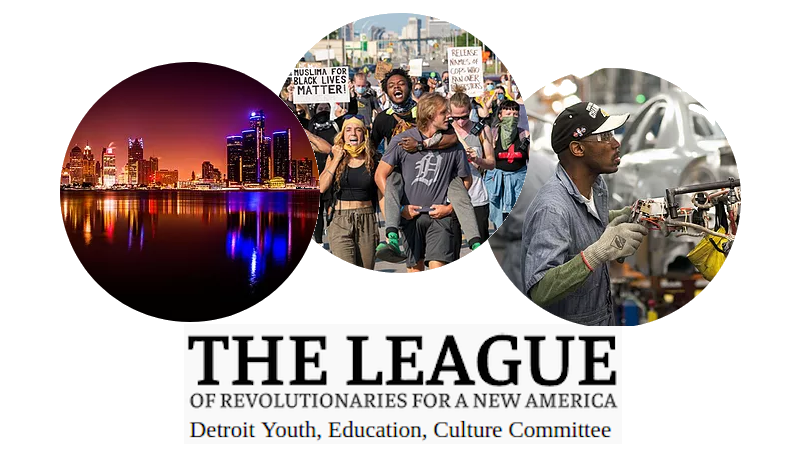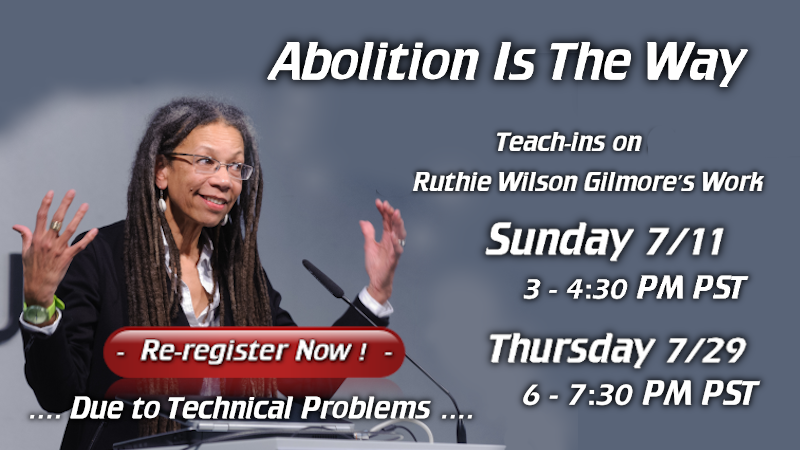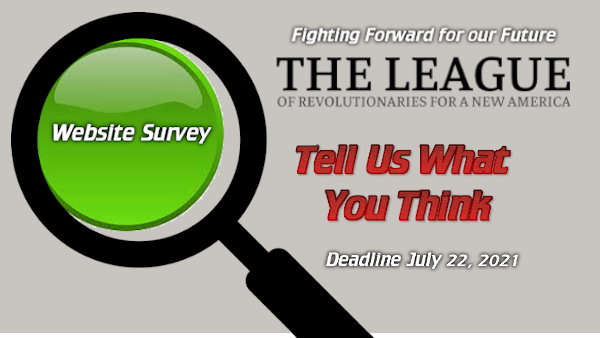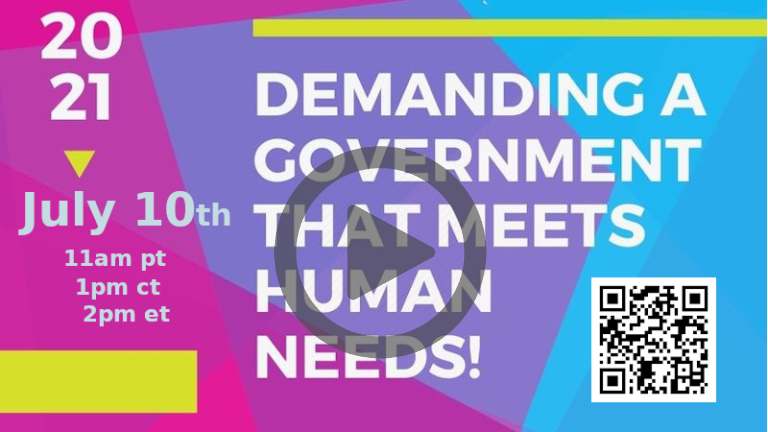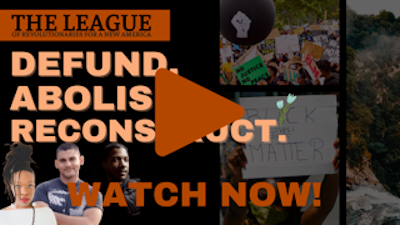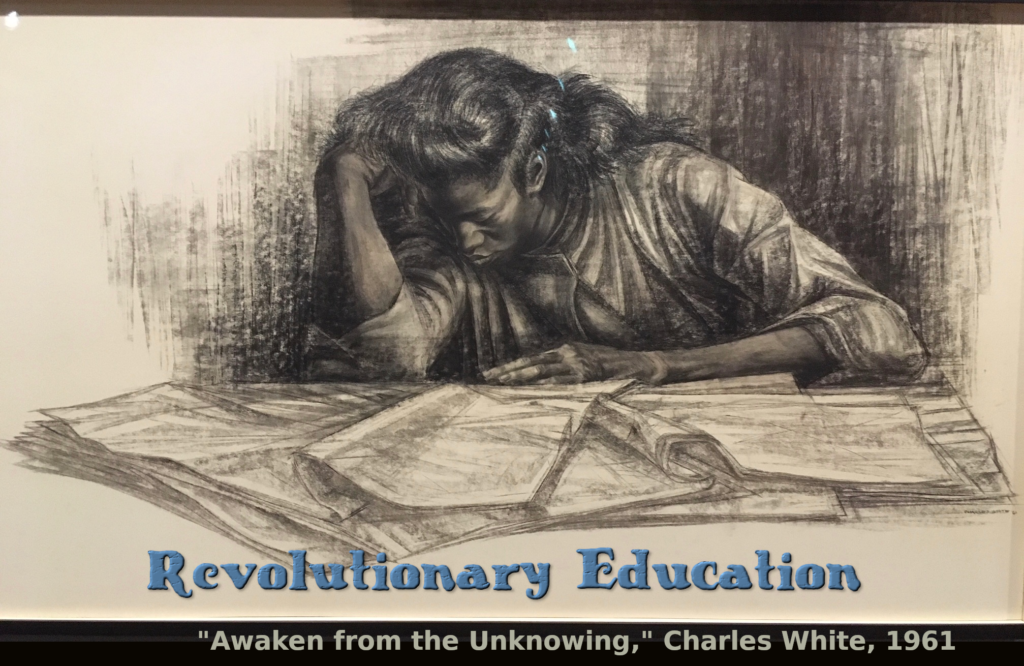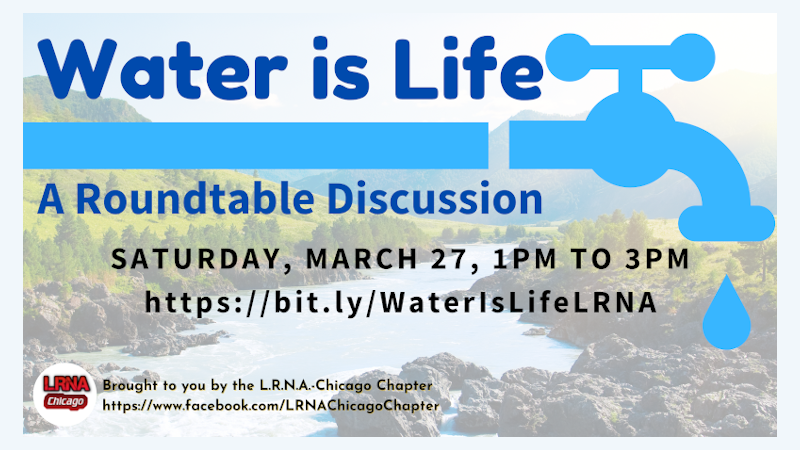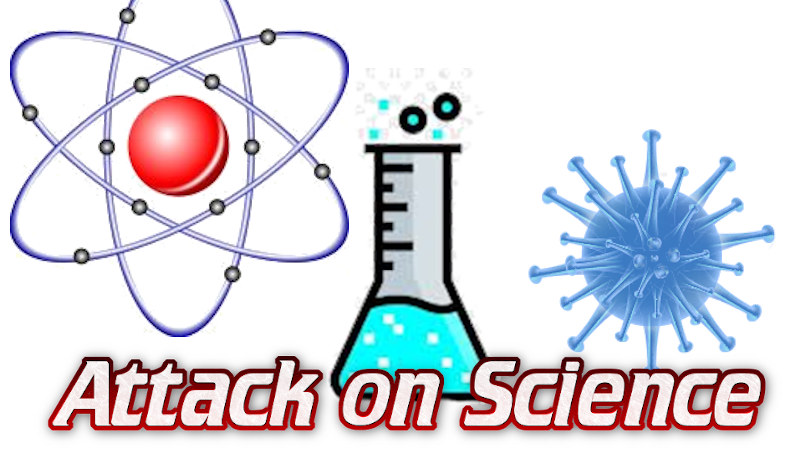COVID-19 Vaccines and the Attack on Basic Science
COVID-19
Vaccines and the Attack on Basic Science
As 2021 begins, 58 COVID-19 vaccines are in development, three are in use, and three are approaching FDA approval. In less than one year since the identification of the SARS-CoV-2 virus, it is possible to project an end to the COVID-19 pandemic. This is an amazing feat of modern science. However, according to a study in the Journal of the American Medical Association (January 26, 2021), only 56 percent of Americans plan to get vaccinated. There are significant class and ethnic divisions within this group. Only 38 percent of the African American participants were planning to get vaccinated versus 59 percent of white respondents. Only 48 percent of those with a high school education or less had a positive view of the vaccine versus 70 percent with a college degree.
These results were supported in a poll of healthcare providers (Clinical Infectious Disease, January 21, 2021), which found that 58 percent of the respondents intended to receive the COVID-19 vaccine. The survey reflected similar ethnic and class divisions as only 31 percent of the responding African Americans and 39 percent of American Indian and Alaska Natives were pro-vaccine compared to 58 percent of white responders. Of the respondents, only 33 percent of nurses and allied health professionals supported vaccination versus 80 percent of the physicians.
While the distrust of the COVID-19 vaccine in communities of color is rooted in their historical and current mistreatment by the medical establishment, there are other reasons for the rejection of COVID-19 vaccines and the associated science. In a recent Democracy Now! interview, Dr. Peter Hotez identified one source as the feeling that the “vaccines were rushed; you know, just they popped up out of nowhere in a few months.” Similar sentiments were expressed by 11 percent of the surveyed healthcare providers (Clinical Infectious Disease, January 25, 2021). The opinion that COVID-19 vaccines were too rapidly developed reflects a conscious effort to obscure how science works and interacts with society.
Basic and Applied Science
Science is a complex and dynamic process between two interrelated and co-dependent aspects, basic and applied research, the “R&D” of Research and Development. Basic research explores the “why” of natural processes, with the goal of understanding how nature and humankind interact and change. Its main products are ideas, clarity, philosophical understanding, and new questions. An investment in basic research has no clear path to an immediate market and may never return a profit. Applied research uses the theories developed by basic science to invent methods to alter biological and natural realities, with the goal of producing new means of production and new products. There is a direct and clear relationship between investment and return.
The rapid development of the SARS-CoV-2 vaccines reflects the synergism between R&D. The process began in 1869 when Friedrich Miescher discovered DNA, the main component of the genetic code, and took a qualitative leap forward in the 1950s with the elucidation of DNA’s double-helix structure, opening the door to the determination of how genetic codes are stored and read. The Human Genome Project (HGP, 1990-2013) provided the key qualitative leap in the understanding of the relationship between the genetic message and life. The goal of the HGP was to sequence (read) the genome (genetic blueprint) of humankind. These basic research objectives stimulated applied scientists to develop new tools and techniques to rapidly sequence DNA and RNA by reading “base pairs.” At the beginning of the HGP, it was possible to read 1000 base pairs per day. Today it is possible to read more than 1000 base pairs per second (New England Journal of Medicine, January 7, 2021). Thus, 151 years after the discovery of DNA, the cumulative efforts of basic and applied scientists resulted in the reading of the SARS-CoV-2 virus genome in less than two months and produced effective vaccines ten months later.
The development of COVID-19 vaccines illustrates the unity and interdependence of basic and applied science as well as their different interactions with the market and capital. The HGP was a publicly funded investment in basic research that took 13 years and cost $3 billion. While the HGP laid the groundwork for new theories and investigations in biomedical science, it did not immediately produce major commercial products, other than genetic testing kits. Seventeen years after its completion, the results from the HGP were used by applied science in the development of COVID-19 vaccines, producing billions of dollars of private profit.
Science and Capitalism
As capitalism matures and dies, the different interactions of basic and applied science with the market have resulted in distinctive pressures on these interrelated processes. While both basic and applied science are necessary for the healthy growth of scientific research and human progress, in times of economic and political collapse basic research can be sacrificed and/or distorted to meet capitalism’s immediate needs. This involves financial strangulation, job market pressure, and attacks on scientific theories and practice.
A recent report by the National Science Foundation, “The State of U.S. Science and Engineering 2020,” states that “the business sector, with its focus on new and improved goods, services, and processes, dominates both experimental development (90 percent of performance and 85 percent of funding) and applied research (57 percent of performance and 54 percent of funding).” In the US, businesses perform (73 percent) and fund (70 percent) of applied research.
Basic research accounts for about 17 percent of US R&D, is conducted principally at universities and colleges, and is primarily funded by public monies. However, according to the NSF report, “Between 2000 and 2017, the share of basic research funded by the business sector increased from 19 percent to 29 percent.” This investment allows capital to shape the direction of basic research to meet their needs, such as, for example, funding universities to train physicists to research new weaponry, and then limiting their job opportunities to the defense industry after graduation.
In the U.S., the relationship between basic and applied science is hidden. This allows a sustained attack on the material and philosophical basis of scientific thought, while at the same time lauding “scientific progress” in commodities. Basic science produces theories, describes the real world and identifies existential global dangers such as climate change. Thus, it is the primary target of these attacks, currently taking the form of the anti-vaccine movement. This movement, supported by reactionary political forces, allows the “defenders of science” to depict it as a “Trumpian” aberration that the Biden administration will reverse. Indeed, Scientific American (January 28, 2021) declared that Biden “signaled a clear commitment to science and pledged sweeping initiatives to reestablish and elevate its role in the federal government.”
Commitment to Science?
A “commitment to science” does not indicate a restoration of the balance between basic and applied science. It means a return to the “normal” financial and ideological attacks that began in 2000 and were only accelerated by Trump. Biden may slow this process, but he cannot reverse it, especially in times of political and economic collapse.
In our current society, it is unlikely that there will be another HGP-like program to provide the basic research required to insure that future generations would be able to address catastrophic events. The only way that this will happen is in a society organized for the collective good, in which basic and applied science will work for humankind and not for profit. RC
March/April 2021 Vol31. Ed2
This article originated in Rally, Comrades
P.O. Box 477113 Chicago, IL 60647 rally@lrna.org
Free to reproduce unless otherwise marked.
Please the above message with any reproduction
Mission Statement
Rally, Comrades! is the political paper of the League of Revolutionaries for a New America. If you are one of the thousands of revolutionaries around the country looking for a perspective on the problems we face today, and for a political strategy to achieve the goal of a world free from exploitation and poverty, then Rally, Comrades! is for you.
Rally, Comrades! examines and analyzes the real problems of the revolutionary movement, and draws political conclusions for the tasks of revolutionaries at each stage of the revolutionary process. We reach out to revolutionaries wherever they may be to engage in debate and discussion, and to provide a forum for these discussions. Rally, Comrades! provides a strategic outlook for revolutionaries by indicating and illuminating the line of march of the revolutionary process.

